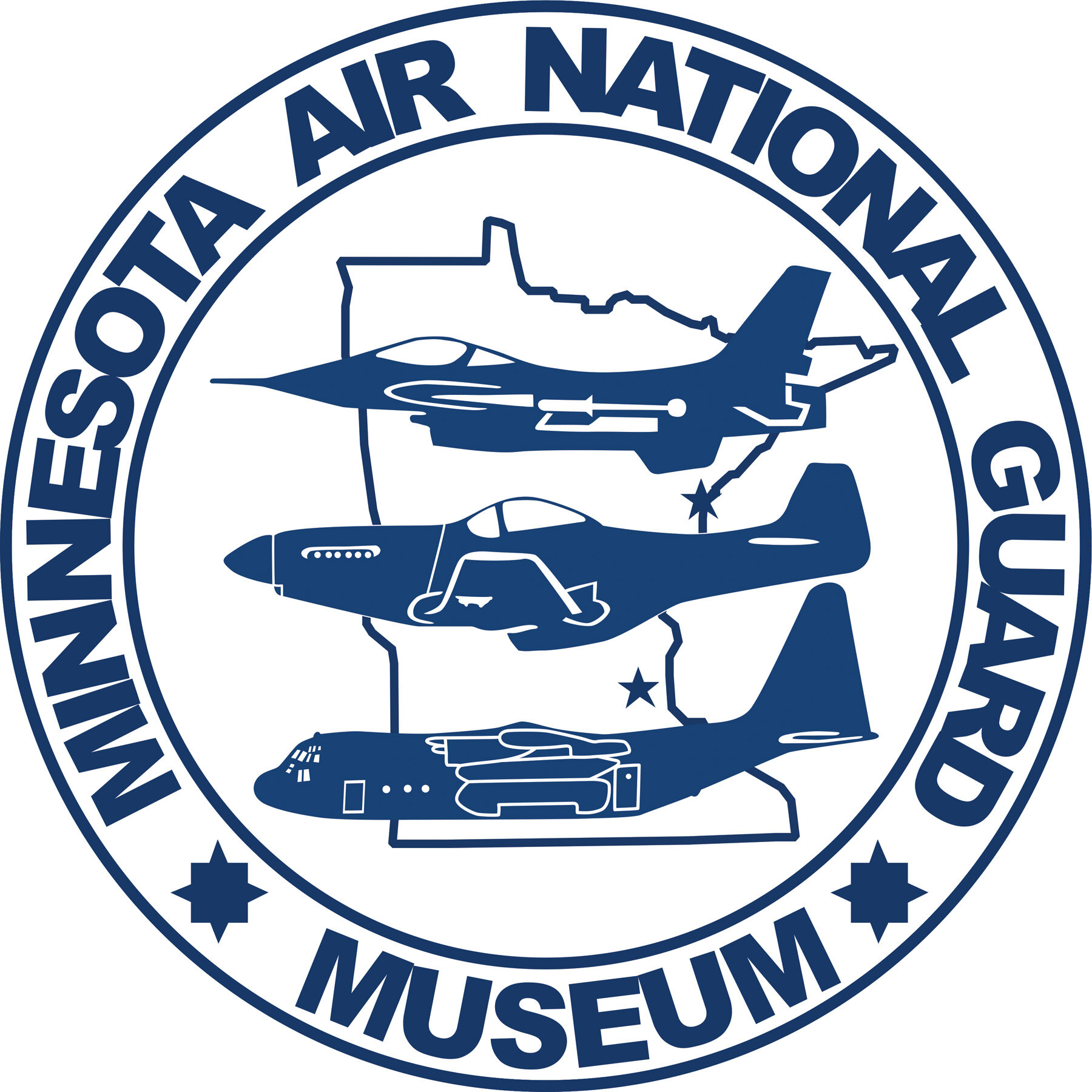BEECHCRAFT C-45 “EXPEDITOR”
U.S. NAVY BUREAU NUMBER 51338
FAA REGISTRATION NUMBER N5766
Manufacturer: Convair
Designation: F-102
Version: A
Name: F-102A Delta Dagger
Nickname: Delta Dagger, Deuce
Type: All weather fighter-interceptor
Brief History
The C-45, nicknamed the “Twin Beech,” was assigned to the 133rd Air base group in the late 1940s. The C-45 served as a utility transport and remained in the inventory until 1960. Most of the C-45 mission was to support the Minnesota National Guard State Headquarters staff. The C-45 and the civilian equivalent Beechcraft Model 18 is a 6-11 passenger, twin-engine, low-wing, conventional-gear aircraft manufactured by the Beech Aircraft Corporation of Wichita, KS. The first flight was on 15 January 1937, and more than 9,000 of 32 variants were built. This model saw service during and after WW II. The C-45 flew in the USAF until 1963.
Interesting Facts
The museum C-45 is a U.S. Navy UC-45J. The U.S. Army Air Corps also had a version of this aircraft for bombing and gunnery training. This aircraft was designated the AT-11 Kansan. The fuselage of this aircraft had small circular cabin windows, a bombardier position in the nose, and a bomb bay. The aircraft was also fitted with two machine guns, one in the nose and one in a dorsal gun turret. C-45s are a common sight at airshows; there is also one that performs aerobatic displays.
Dimensions
Fuselage Length: 34 Feet, 2 Inches
Wingspan: 47 Feet, 8 Inches
Height: 9 Feet, 8 Inches
Weights
Empty Weight:
Max Takeoff Weight:
Payload:
Propulsion
Powerplant: 2 Pratt & Whitney R-985-AN-1 “Wasp Junior” radial engines, 450 HP each
Horsepower:
Performance
Range: 1,200 Miles at 160 MPH
Cruise Speed: 300 mph
Max. Speed: 225 MPH
Ceiling: 26,000 Feet
Crew & passenger capacity
Crew: 2 Pilots
Capacity: 6 Passengers
Armament
None





